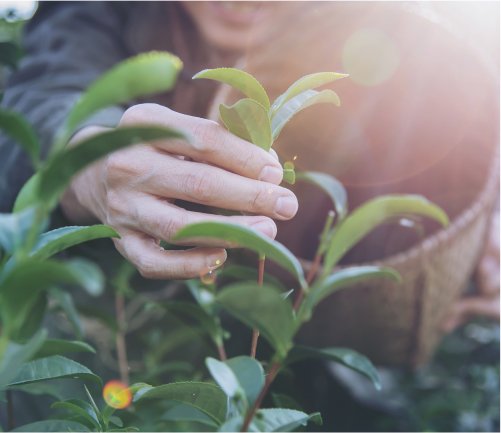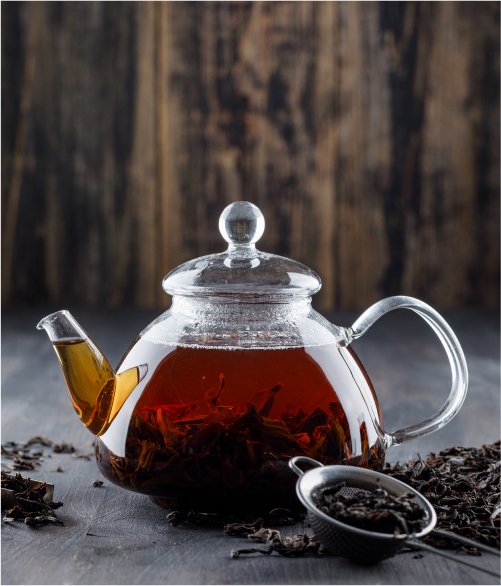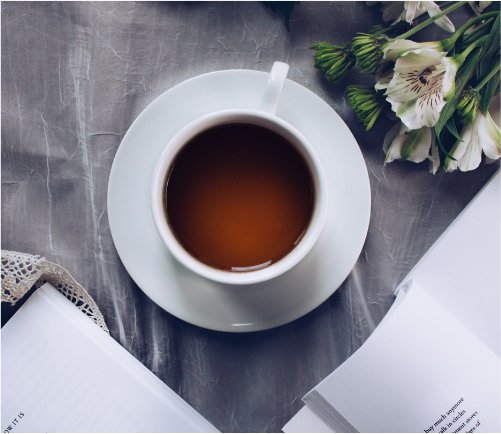
How to Store Your Tea
How to Store Your Tea
Purchasing good tea is one way to ensure that you get a delicious brew — but it’s not the only thing you have to keep in mind! The way you store your tea is also extremely important. Here are a few tips to get this step right — and a few common mistakes to avoid.

Store your tea away from light
Being exposed to light over long periods damages tea leaves and affects its flavour profile. Sunlight is especially harmful because it also causes the leaves to heat up, causing you tea to degrade faster. However, any light is best avoided. Store your tea in a cool, dark place like a kitchen cupboard or a drawer.
Common error: A lot of people decant their tea into fancy glass jars to display it in an artistic manner. Transparent storage containers are a big no-no for tea!

Keep your tea dry
Moisture robs tea of its flavour, so keeping it away from water is a more obvious step for storage. But tea also absorbs moisture from the air! This is why teas are usually sold in tight-lidded containers or resealable bags. If you must decant your tea, make sure you store it in an airtight container and make sure you don’t leave the lid open too long.
Common error: Do you keep a spoon inside your tea container? Chances are, when the water is boiling, you use it to pour out some tea – and then put the spoon back in the container. But all the condensation on the spoon is a sneaky way in which moisture gets to your tea.

Keep your tea away from odours
Tea is quick to absorb odours, so keep it away from those parts of your house that are usually subjected to strong smells. Don’t store it right next to where food is prepared — or near a trash can!
Common error: Many people store tea in their spice cabinet. This can make your tea smell spicy and not in a good way!






Recent Comments